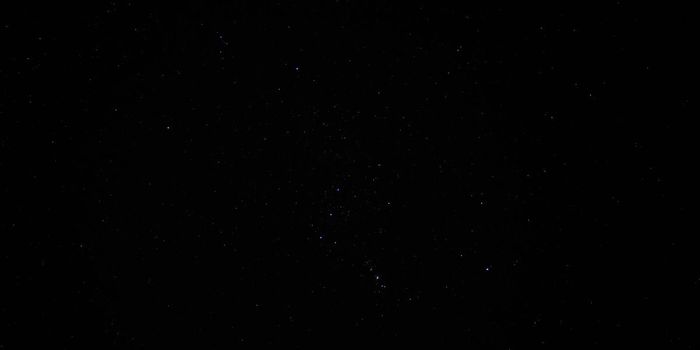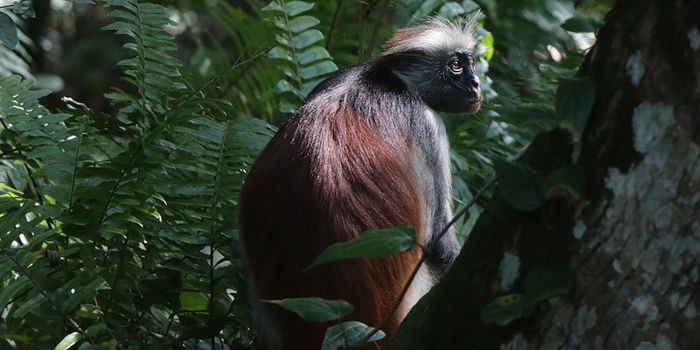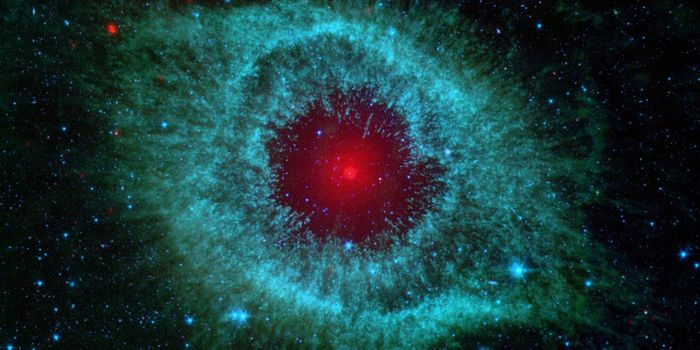Using Genetic Research to Improve Animal Conservation and Care
A so-called founder population of Peters’ Angolan colobus monkeys was brought to US zoos from East Africa in the 80s. Unfortunately, very little is known about these animals and not much more is known about their wild relatives.
“Currently, we are unable to answer simple questions about the colobus we are protecting,” admitted Pamela Cunneyworth, director of Colobus Conservation, an organization working to conserve and protect these monkeys and their environment. “Without that basic information, it is impossible to do conservation using a landscape approach.”
To resolve some of these questions, scientists want to assess genetic differences across the range of wild populations of Peters’ Angolan colobus monkeys. That will help those who are tasked with managing captive populations to meet the monkeys’ needs, as well as to protect the ones in the wild.
“Are these animals in captivity all Tanzanian? Kenyan? A mix of the two? We’re trying to use wild population genetics to inform our understanding of the captive population,” explained Emily Wroblewski, an assistant professor of biological anthropology at Washington University in St. Louis (WUSTL).
“The results should help zoos determine how representative their monkeys are of the wild population,” said Monica McDonald, program coordinator for the Association of Zoos and Aquarium’s Reproductive Management Center at the Saint Louis Zoo. “The studbooks (lineage records) say the founders are from Tanzania,” she said, “but preliminary genetics from a few individuals found they pooled with Kenyan colobus.”
Source: WUSTL








